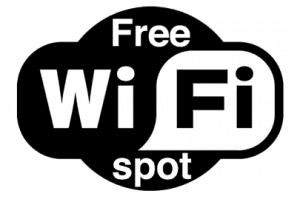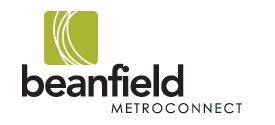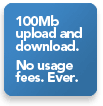Republican members of the Subcommittee on Communications and Technology on spectrum issues have circulated a draft bill — The Spectrum Innovation Act — which is breathtaking when you finish reading it. For the first time I can recall, the United States Congress is proposing a way for business to bypass telecommunications laws by buying their way out. The proposed bill would allow big spectrum holders like wireless phone companies, broadcasters, and others warehousing unused spectrum to win a “get out of regulation free”-card just by buying and selling the public airwaves.
A hearing on spectrum issues is scheduled for this Friday, and it promises to be fascinating if only to hear the reasoning behind Congress proposing to throw their own authority to the wind.
The bill’s contents are appalling for a variety of reasons:
- Public airwaves remain a private commodity that companies can buy, sell, or trade, with the not-so-fringe benefit of winning deregulation or being granted a legal free pass to ignore laws still in effect for others;
- The purchase of spectrum under this bill could allow wireless carriers to avoid even the pretense of today’s watered-down Net Neutrality policies;
- Unlicensed white space/spectrum which could be used for innovative new wireless applications could instead become warehoused by private companies for their own use (or more likely to keep others from using it.)
Harold Feld, legal director of Public Knowledge, says the impact of the House measure should not be underestimated.
“Until now, communications law has never been publicly put up for sale,” Feld said. “This draft bill would do that by allowing broadcasters to choose which rules they will follow and which rules they won’t if they sell their broadcast spectrum at auction.”
That is distressing enough, but the implications for wireless innovation are in peril if this bill ever becomes law, according to Feld.
“The innovation and experimentation we have seen through the use of unlicensed spectrum would screech to a grinding halt,” Feld believes. “Rather than have the FCC decide how much spectrum would be used for unlicensed uses, the draft bill would require a collective bid for unlicensed spectrum higher than bids for licensed uses. Given that unlicensed uses like Wi-Fi come from small and new companies, the future of new uses would be very bleak.”
Feld points to several provisions in the bill to prove his points:
- Pages 18-19, line 19 (regulatory relief). If you are broadcast licensee, instead of taking money from an incentive auction for repacking or moving to a different spectrum band, you can ask FCC for a waiver of any commission rule or any provision of law.
- Pages 28-29, line 8 (administration of auctions). If someone buys a license at auction, the spectrum is exempt from even the weak Net Neutrality rules that have been approved to guard against basic anticompetitive activity in wireless service such as barring competitive services.
- Page 29, line 3. Prohibits spectrum cap, and also eliminates the ability of the Commission to favor small business and minority, women-owned businesses in auctions.
- Page 26, line 10. Unlicensed spectrum is subject to auction. A block of spectrum would be put up for auction, with bidders specifying whether use would be for licensed or unlicensed use. Unlicensed has to be higher for bid to be accepted.
- Page 30 (section begins). Gives public safety spectrum to the states, without an auction, with a nebulous plan and some unspecified grant money to coordinate the public safety network.
He’s more than proved the point.
While such legislation would no doubt be celebrated by incumbent providers to reinforce the status quo — their status quo — it is a nightmare for everyone else — another piece of irony from some Republican lawmakers who name their bills the diametric opposite of their end effect. We can’t think of a better way to crush innovation and destroy the potential of competition by granting today’s players deregulation and easy access to unlicensed spectrum. It’s as oxymoronic as a level playing field in the Rocky Mountains. That’s why we need some actual innovation in The Spectrum Innovation Act.


 Subscribe
Subscribe










